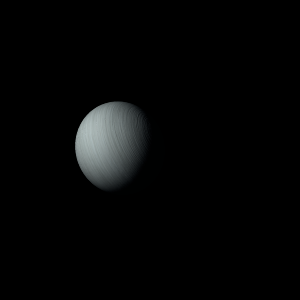|
|
Space Astro
|
Info for exoplanet "Delia Pa"
| Scientific (actual) data |
|---|
| Name | Kepler-11 g |
| Planet status | Confirmed |
| Planet mass | 0.079 |
| Radius | 0.297 |
| Orbital period | 118.381 |
| Semi major axis | 0.466 |
| Orbit eccentricity | 0.15 |
| Inclination | 89.87 |
| Discovered | 2010 |
| Updated | 2021-02-05 |
| Tconj | 2455590 |
| Tzero tr | 2455120 |
| Impact parameter | 0.217 |
| Publication | Published in a refereed paper |
| Detection type | Primary Transit |
| Alternate names | 2MASS J19482762+4154328 g, K00157.05, KIC 6541920 g, KOI-157 g, KOI-157.05, WISE J194827.62+415432.9 g |
| Star name | Kepler-11 |
| Right ascension | 297.12° |
| Declination | 41.91° |
| Mag v | 13.7 |
| Mag j | 12.548 |
| Mag h | 12.237 |
| Star distance | 658.59 |
| Star metallicity | 0 |
| Star mass | 0.96 |
| Star radius | 1.06 |
| Star sp type | G |
| Star age | 8.5 |
| Star temperature | 5663 |
| Star alternate names | 2MASS J19482762+4154328, KIC 6541920, KOI-157, WISE J194827.62+415432.9 |
| Wikipedia article | Kepler-11 g |
Back
| |
| Fictional info (?) |
|---|
| Suggested name | Delia Pa |
| Planet type | Small cold gas planet |
|
| Atmosphere | Hydrogen chloride | 91% |
| Xenon | 8.2% |
| Neon | 0.51% |
| Methane | 0.001% |
| Hydrogen peroxide | 3.0E-6% |
| Atmospheric pressure | 17 bar |
 |
| No known satellites |
| Google search for Delia pa |
|
Website by Joachim Michaelis
|
|
|
|